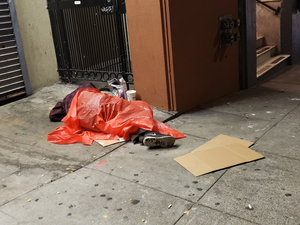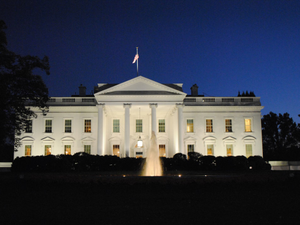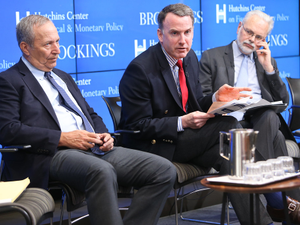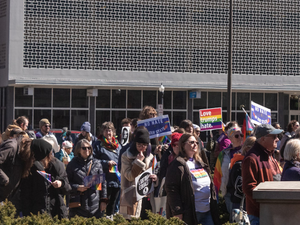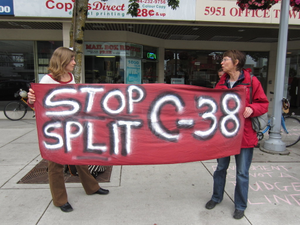Hepatitis B: The Silent Health Crisis Hitting Bay Area Communities

San Francisco’s health landscape is grappling with a persistent challenge: hepatitis B infections that continue to disproportionately affect local communities, particularly Asian Americans. The city’s Department of Public Health recently released its first comprehensive report on the virus in nearly a decade, revealing both progress and ongoing concerns.
Chronic hepatitis B infections and related deaths have gradually declined from 2021 to 2023, offering a glimmer of hope for healthcare professionals. However, local case rates remain significantly higher than national averages, signaling an urgent need for targeted healthcare interventions.
Dr. Amy Tang, director of immigrant health at North East Medical Services, highlighted an unexpected trend in the report: an increase in newly diagnosed cases among Black, Latino, and white men. This development underscores the importance of broader vaccination efforts and expanded screening programs.
One significant challenge in tracking the virus is the difficulty in confirming chronic cases. Most reported cases are classified as “probable” rather than definitive, making comprehensive analysis complex. Healthcare professionals note that confirming a chronic infection often requires multiple tests and follow-up appointments, which can result in patients falling through the healthcare system’s cracks.
Local advocates like Richard So, who leads the Hep B Free campaign, are pushing for more routine hepatitis B screening across diverse healthcare settings. The goal is to move beyond ethnic-specific hospitals and implement stronger, more inclusive screening guidelines.
The report serves as a critical reminder that while progress has been made in understanding and treating hepatitis B, significant work remains. Increasing awareness, improving screening protocols, and ensuring accessible treatment are key strategies in addressing this persistent public health challenge.
As San Francisco continues to track and address hepatitis B, the community’s health and well-being hang in the balance, emphasizing the need for continued research, support, and proactive healthcare strategies.
AUTHOR: kg
SOURCE: San Francisco Public Press







